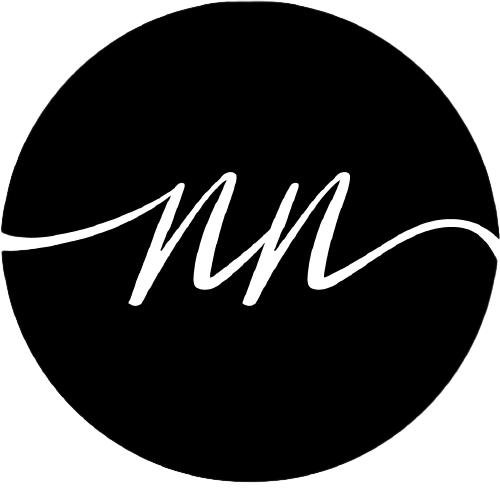Homeowners are taking advantage of historic low interest rates whether they are fixed, around 3%, or deeply discounted variables around prime less 0.5%. Majority of homeowners and real estate investors choose a 5 year term, but what happens in the future if it is required to increase the mortgage amount for the purpose of debt consolidation, equity take out for investment purposes, or moving to a new home?
Home Equity Take Out Options
Example: Property value $480,000. Current mortgage balance is $250,000 at 3.09% with 3 years remaining till maturity and the homeowner wants to borrow $150,000 to buy an investment property. There are 3 options for the homeowner to entertain:
- Break the mortgage and restructure up to 80% based on current market value. Con: paying a penalty and refinancing at a higher interest rate (assuming interest rates will not be at 2.99% in 3 years time)
- Add a HELOC up to 80% of current market value: HELOCs are offered at prime+0.5%. Good option since it is setup separately and interest costs can be easily tracked for income tax deductions
- Increase & blend: Leaving the current mortgage at 3.09% unchanged, the homeowner can add another $150,000 to the mortgage based on current mortgage interest rates with the new mortgage maturing at the original date. In this case, a 3 year fixed term would the product choice.
The above illustrates the options for a fixed mortgage holder. The options are different for variable mortgage holders:
- Refinancing the mortgage with the penalty being 3 month interest
- Adding a HELOC up to 80% of current home value
- Increase and blend is not an option lenders offer. To my knowledge only one lender allows increase and blend for variables. ING Direct used to allow it, however that might have changed after the acquisition by Scotiabank and renaming to Tangerine
One thing to look out for is the fine print detail for no frills mortgages (ultra low rates) as some might restrict the homeowners ability. For example, BMO's 2.99% offer allowed the homeowner to refinance only with BMO and did not allow adding a HELOC. Since the homeowner has no negotiating power they are at the mercy of the bank when it comes to interest rates.
There is more to mortgages than interest rates. Rates are the cost of getting into the mortgage, however the fine print can cost thousands more.
To navigate through the mortgage minefields and for a hassle free transparent experience please contact Nawar.


